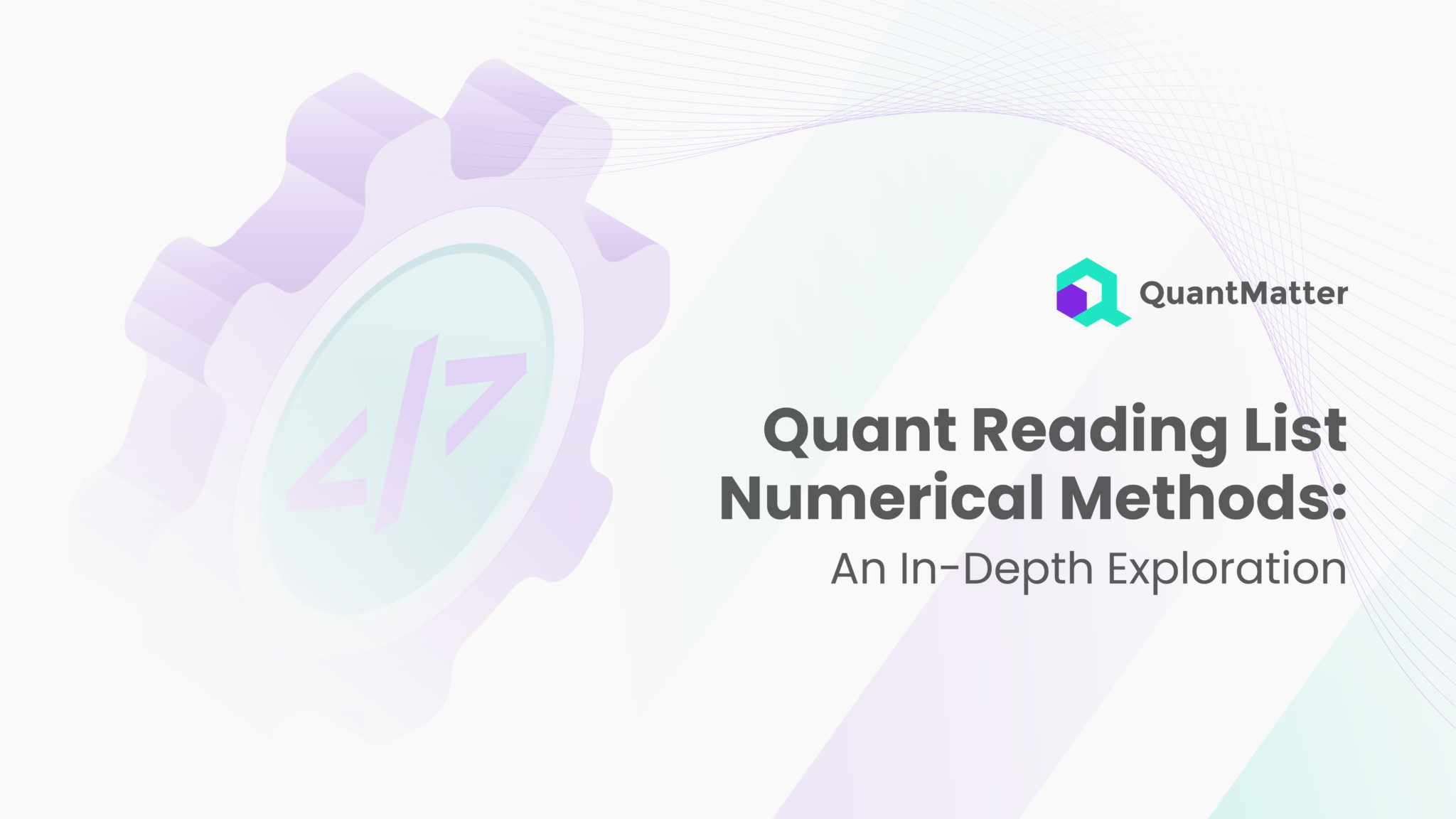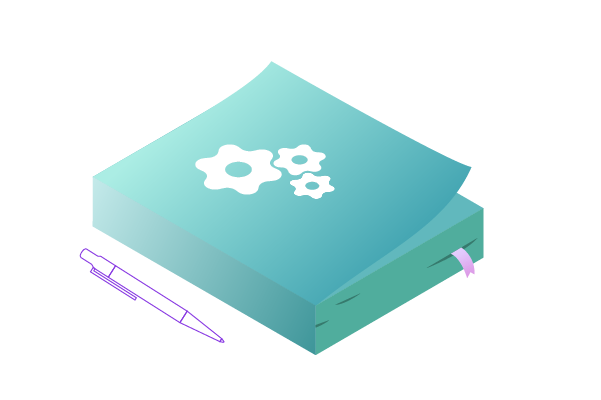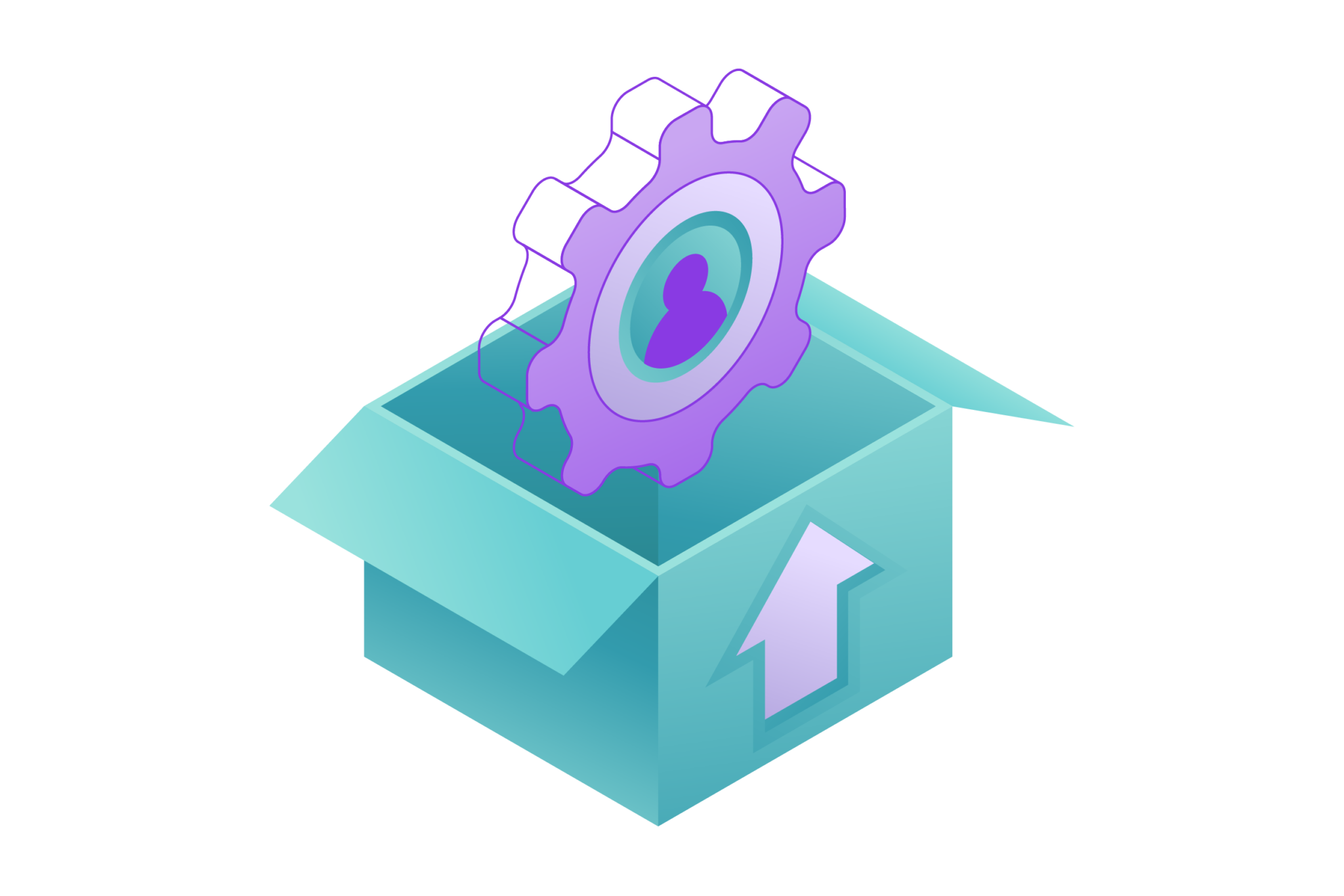
Numerical methods are essential tools in the world of quantitative analysis. Whether you’re a student, a professional, or just someone with a keen interest in the field, understanding these methods can significantly enhance your analytical capabilities. This article aims to provide a comprehensive reading list to help you navigate the vast landscape of numerical methods.
With a vast number of books available, choosing the right ones can be daunting. Our curated list includes recommendations for various levels of expertise, from beginners to advanced practitioners. These books not only cover fundamental concepts but also offer practical insights into real-world applications.
By delving into these resources, you’ll gain a solid foundation in numerical methods, learn how to apply them effectively, and stay updated with the latest advancements. Whether your goal is academic excellence or professional development, this reading list will serve as a valuable guide on your journey.
What is Quant Reading List Numerical Methods?

Quant Reading List Numerical Methods are mathematical techniques used to solve numerical problems. These methods are crucial in various fields, including engineering, physics, finance, and computer science, where analytical solutions may be difficult or impossible to obtain. By converting complex mathematical problems into simpler, solvable forms, numerical methods enable precise and efficient problem-solving.
The primary goal of numerical methods is to approximate solutions to mathematical problems that cannot be solved exactly. This involves creating algorithms that iteratively converge to an accurate solution. Some common numerical methods include root-finding algorithms, numerical integration, and numerical differentiation. Each of these methods has its own set of techniques and applications, making them versatile tools in the quantitative analyst’s toolkit.
Understanding the fundamentals of numerical methods is essential for anyone looking to excel in quantitative analysis. These methods not only help in solving complex equations but also play a significant role in optimizing models and simulations. By grasping the basic principles and techniques, you’ll be better equipped to tackle a wide range of problems and make informed decisions based on your analyses.
Essential Books for Beginners

When starting with numerical methods, it’s important to build a strong foundation. The following books are perfect for beginners, offering clear explanations and practical examples to help you grasp the basics.
1. “Numerical Methods for Engineers” by Steven C. Chapra and Raymond P. Canale
This book is a comprehensive introduction to numerical methods, specifically tailored for engineering students and professionals. It covers a wide range of topics, from basic concepts to more advanced techniques, and includes numerous examples and problems to reinforce learning. The authors focus on practical applications, making it easier for beginners to understand how numerical methods are used in real-world scenarios.
2. “An Introduction to Numerical Analysis” by Kendall Atkinson
Atkinson’s book is a classic in the field, providing a thorough introduction to numerical analysis. It is well-suited for undergraduate students and anyone new to the subject. The book covers essential topics such as interpolation, integration, and differential equations, and includes detailed explanations and worked-out examples. The clear writing style and structured approach make it an excellent resource for beginners.
Also Read: 10 Best Undergraduate Degree Courses to Become a Quant
3. “Numerical Methods: For Scientific and Engineering Computation” by M.K. Jain, S.R.K. Iyengar, and R.K. Jain
This book offers a balanced mix of theory and practice, making it ideal for beginners. It covers fundamental numerical methods and provides a wealth of examples and exercises to help readers develop their problem-solving skills. The authors also emphasize the importance of understanding the underlying mathematics, which is crucial for effectively applying numerical methods in various contexts.
4. “Numerical Methods in Engineering with Python” by Jaan Kiusalaas
For those interested in learning numerical methods with a programming focus, Kiusalaas’s book is an excellent choice. It introduces numerical methods alongside Python programming, providing practical coding examples and exercises. This approach helps beginners not only learn the theoretical aspects but also gain hands-on experience with implementing numerical algorithms.
These books serve as a solid starting point for anyone new to numerical methods. By studying these resources, you’ll build a strong foundation in the basics, enabling you to tackle more complex topics as you progress in your studies or career.
Intermediate Resources for Growing Expertise

Once you have a solid understanding of the basics, it’s time to delve deeper into more advanced topics and techniques. The following intermediate-level books will help you build on your foundational knowledge and expand your expertise in numerical methods.
1. “Numerical Methods for Scientists and Engineers” by Richard Hamming
Hamming’s book is a classic text that bridges the gap between basic and advanced numerical methods. It covers a wide range of topics, including error analysis, linear algebraic equations, and partial differential equations. Hamming’s approachable writing style and clear explanations make complex concepts easier to grasp. The book also emphasizes the importance of understanding the limitations and potential pitfalls of numerical methods, helping readers develop a critical eye for analyzing numerical results.
2. “Applied Numerical Analysis” by Curtis F. Gerald and Patrick O. Wheatley
This book provides a comprehensive overview of numerical methods with a focus on practical applications. It covers intermediate topics such as optimization, curve fitting, and numerical solutions of ordinary and partial differential equations. The authors use real-world examples to illustrate how numerical methods are applied in various fields, from engineering to the physical sciences. Each chapter includes numerous exercises that encourage readers to apply what they’ve learned and develop their problem-solving skills.
3. “Numerical Analysis” by Richard L. Burden and J. Douglas Faires
Burden and Faires’s book is widely used in undergraduate and graduate courses. It offers a thorough treatment of numerical analysis, with detailed explanations and numerous examples. The book covers intermediate topics such as iterative methods, numerical differentiation and integration, and numerical solutions of differential equations. The authors emphasize algorithmic thinking and error analysis, providing readers with the tools they need to implement and analyze numerical algorithms effectively. The inclusion of MATLAB exercises and projects also helps readers gain practical experience.
4. “Introduction to Numerical Analysis” by Josef Stoer and Roland Bulirsch
This book is a more advanced introduction to numerical analysis, suitable for those with a good grasp of the basics. It covers a wide range of topics, including polynomial approximation, eigenvalue problems, and numerical solutions of partial differential equations. The authors provide a rigorous treatment of the subject, blending theoretical insights with practical applications. This book is ideal for readers who want to deepen their mathematical understanding and learn how to apply numerical methods to solve complex problems.
5. “Numerical Methods for Partial Differential Equations” by William F. Ames
Ames’s book is an excellent resource for those looking to specialize in the numerical solutions of partial differential equations (PDEs). It covers various methods for solving PDEs, including finite difference, finite element, and spectral methods. The book offers detailed explanations of each method, along with practical examples and exercises. Ames also discusses the theoretical foundations of the methods, helping readers understand the underlying principles and assumptions. This book is particularly valuable for students and professionals in engineering and the physical sciences who need to solve PDEs in their work.
These intermediate resources will help you build on your foundational knowledge and explore more advanced topics in numerical methods. By studying these books, you’ll gain a deeper understanding of the techniques and applications of numerical analysis, preparing you for more specialized or advanced studies.
Advanced Texts for Mastery
For those who have mastered the basics and intermediate concepts, diving into advanced texts is the next step. These books are designed for readers who seek a deep and comprehensive understanding of numerical methods, covering both theoretical foundations and cutting-edge techniques.
1. “Numerical Recipes: The Art of Scientific Computing” by William H. Press, Saul A. Teukolsky, William T. Vetterling, and Brian P. Flannery
“Numerical Recipes” is a seminal work in the field of numerical methods. It offers an extensive collection of algorithms and techniques, presented in a practical and accessible manner. This book covers a wide array of topics, including linear algebra, interpolation, integration, optimization, and differential equations. Each algorithm is accompanied by a detailed explanation and practical code examples in multiple programming languages, making it an invaluable resource for researchers and practitioners who need reliable and efficient numerical solutions.
2. “Finite Element Procedures” by Klaus-Jürgen Bathe
Bathe’s book is a comprehensive guide to the finite element method (FEM), one of the most powerful numerical techniques for solving complex engineering problems. The book covers the theoretical foundations of FEM, as well as practical implementation details. Topics include linear and nonlinear analysis, heat transfer, fluid mechanics, and dynamic problems. Bathe’s clear and methodical approach makes this book suitable for both students and professionals who want to master FEM and apply it to real-world challenges.
3. “Spectral Methods in MATLAB” by Lloyd N. Trefethen
Spectral methods are a class of numerical techniques used for solving differential equations and performing other computational tasks with high accuracy. Trefethen’s book provides a thorough introduction to spectral methods, focusing on their implementation in MATLAB.
The book covers topics such as Fourier and Chebyshev methods, spectral differentiation, and spectral solutions of partial differential equations. With its practical approach and numerous examples, this book is ideal for advanced students and researchers who want to leverage the power of spectral methods in their work.
4. “Computational Fluid Dynamics: The Basics with Applications” by John D. Anderson Jr.
Anderson’s book is a comprehensive introduction to computational fluid dynamics (CFD), a field that relies heavily on numerical methods. The book covers the fundamental principles of CFD, including grid generation, discretization techniques, and solution algorithms.
It also provides practical applications and case studies in various fields such as aerospace, mechanical engineering, and environmental science. Anderson’s clear explanations and practical insights make this book an essential resource for anyone looking to specialize in CFD.
5. “Numerical Linear Algebra” by Lloyd N. Trefethen and David Bau III
This book provides a detailed and rigorous exploration of numerical linear algebra, a crucial area of numerical methods. It covers a range of topics, including matrix factorizations, iterative methods, and eigenvalue problems. Trefethen and Bau focus on both the theoretical aspects and practical applications of numerical linear algebra, making the book suitable for advanced students and professionals. The inclusion of exercises and MATLAB examples helps readers develop a deep understanding of the concepts and their implementations.
Practical Applications in Quantitative Analysis

Understanding numerical methods is essential, but knowing how to apply them in real-world scenarios is equally important. The following resources and examples will help you see how numerical methods are used in various fields of quantitative analysis, enhancing your practical skills and enabling you to tackle complex problems.
1. Financial Modeling
Numerical methods play a crucial role in financial modeling, where they are used to price derivatives, manage risk, and optimize portfolios. Techniques such as Monte Carlo simulations, finite difference methods, and optimization algorithms are commonly applied. For instance, the Black-Scholes model for option pricing relies on solving partial differential equations numerically. By understanding these methods, financial analysts can develop more accurate models and make better-informed decisions.
2. Engineering Simulations
In engineering, numerical methods are essential for simulating physical systems and solving complex equations that describe fluid flow, structural mechanics, heat transfer, and more. Computational fluid dynamics (CFD) and finite element analysis (FEA) are two key areas where numerical methods are extensively used. These simulations help engineers design more efficient and safer products, from aircraft and automobiles to bridges and electronic devices.
3. Scientific Research
Numerical methods are indispensable in scientific research, where they are used to model natural phenomena and solve complex equations that cannot be addressed analytically. For example, in climate science, numerical models are used to simulate the Earth’s atmosphere and oceans, providing insights into climate change and weather patterns. In astrophysics, numerical simulations help researchers understand the behavior of stars, galaxies, and the universe as a whole.
4. Data Science and Machine Learning
In the field of data science, numerical methods are used to develop and train machine learning models. Techniques such as gradient descent, matrix factorization, and numerical optimization are critical for training algorithms on large datasets. By applying numerical methods, data scientists can improve the accuracy and efficiency of their models, leading to better predictions and insights.
5. Medicine and Biology
Numerical methods are also applied in medicine and biology to model complex biological systems and processes. For example, numerical simulations are used to study the spread of diseases, model the behavior of biological tissues, and simulate drug interactions. These applications help researchers and healthcare professionals develop better treatments and interventions, improving patient outcomes.
Also Read: Quantitative Subjects: Advanced Concepts and Applications
Case Study: Portfolio Optimization in Finance
Consider the problem of optimizing an investment portfolio to maximize returns while minimizing risk. This involves solving a quadratic optimization problem, where the objective is to find the best allocation of assets that achieves the desired balance between risk and return. Numerical methods such as quadratic programming are used to solve this problem efficiently. By implementing these methods, financial analysts can create optimal portfolios that meet their investment goals.
Case Study: Fluid Flow Simulation in Engineering
In engineering, simulating fluid flow around a complex object, such as an aircraft wing, requires solving the Navier-Stokes equations, which describe the motion of fluid substances. Numerical methods like finite difference, finite volume, and finite element methods are used to discretize these equations and solve them iteratively. By performing these simulations, engineers can analyze the aerodynamic properties of the wing, optimize its design, and improve its performance.
These practical applications demonstrate the versatility and importance of numerical methods in various fields. By mastering these techniques, you’ll be well-equipped to apply them to real-world problems, enhancing your analytical capabilities and making significant contributions to your field.
Conclusion
Numerical methods form the backbone of quantitative analysis, and mastering them is crucial for anyone serious about the field. The books listed in this article provide a structured path to deepen your knowledge and enhance your skills.
From foundational texts for beginners to advanced resources for experts, these books offer a comprehensive understanding of numerical methods. They cover both theoretical aspects and practical applications, ensuring a well-rounded education.
As you explore these resources, you’ll not only improve your analytical capabilities but also gain insights that can be applied in various professional contexts. Keep this reading list handy as you embark on your journey to mastering numerical methods in quantitative analysis.
Disclaimer: The information provided by Quant Matter in this article is intended for general informational purposes and does not reflect the company’s opinion. It is not intended as investment advice or a recommendation. Readers are strongly advised to conduct their own thorough research and consult with a qualified financial advisor before making any financial decisions.

Joshua Soriano
As an author, I bring clarity to the complex intersections of technology and finance. My focus is on unraveling the complexities of using data science and machine learning in the cryptocurrency market, aiming to make the principles of quantitative trading understandable for everyone. Through my writing, I invite readers to explore how cutting-edge technology can be applied to make informed decisions in the fast-paced world of crypto trading, simplifying advanced concepts into engaging and accessible narratives.
- Joshua Soriano#molongui-disabled-link
- Joshua Soriano#molongui-disabled-link
- Joshua Soriano#molongui-disabled-link
- Joshua Soriano#molongui-disabled-link
